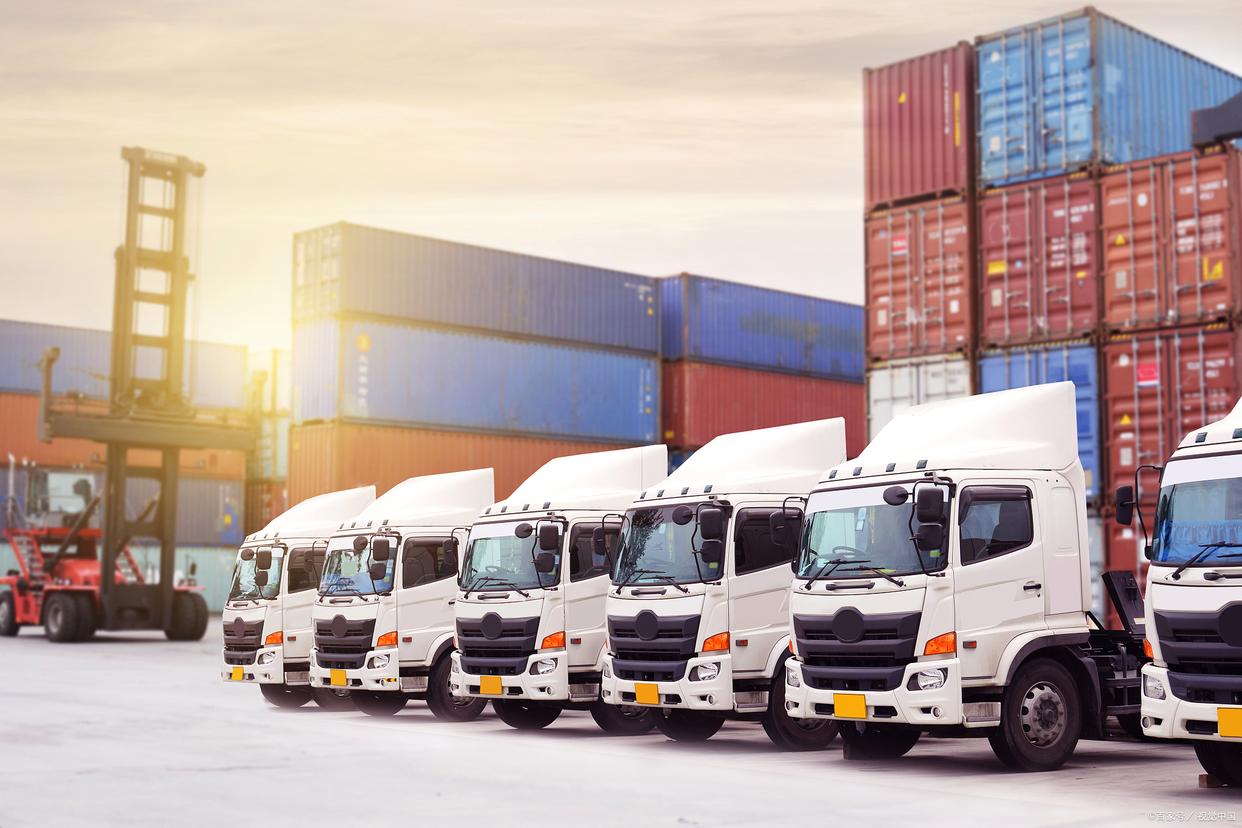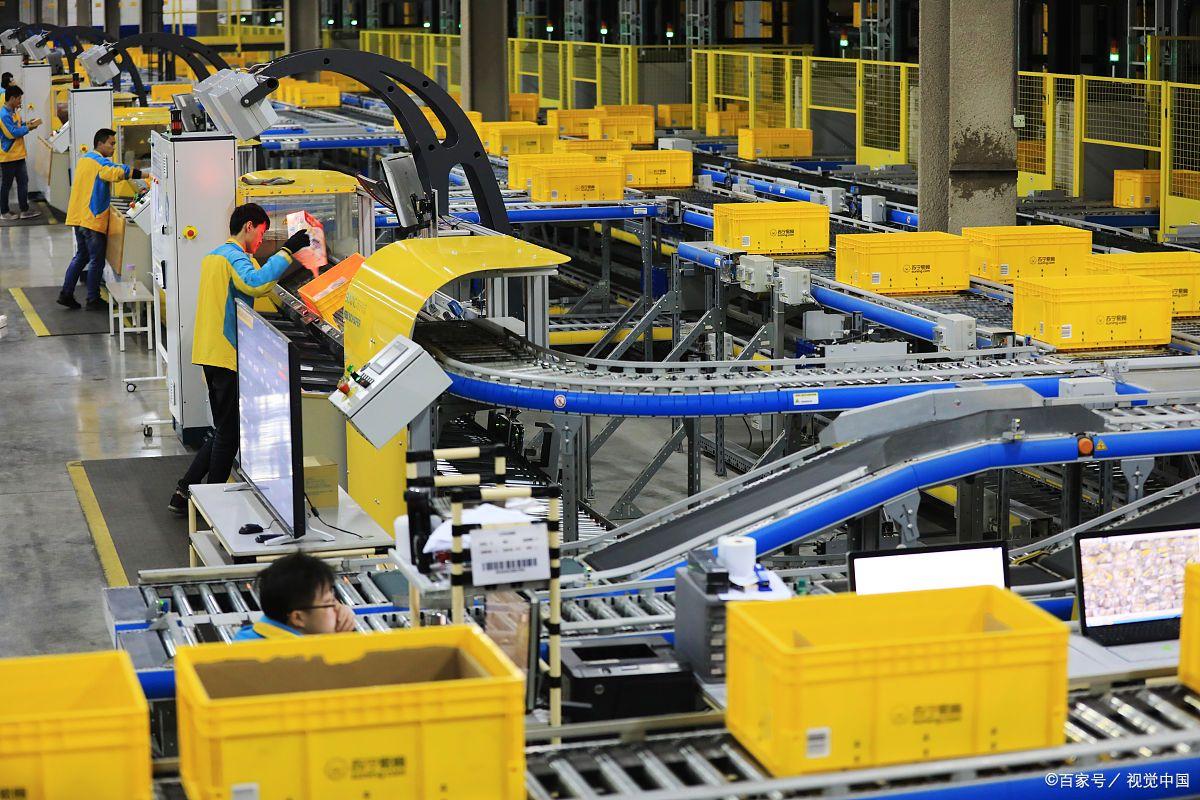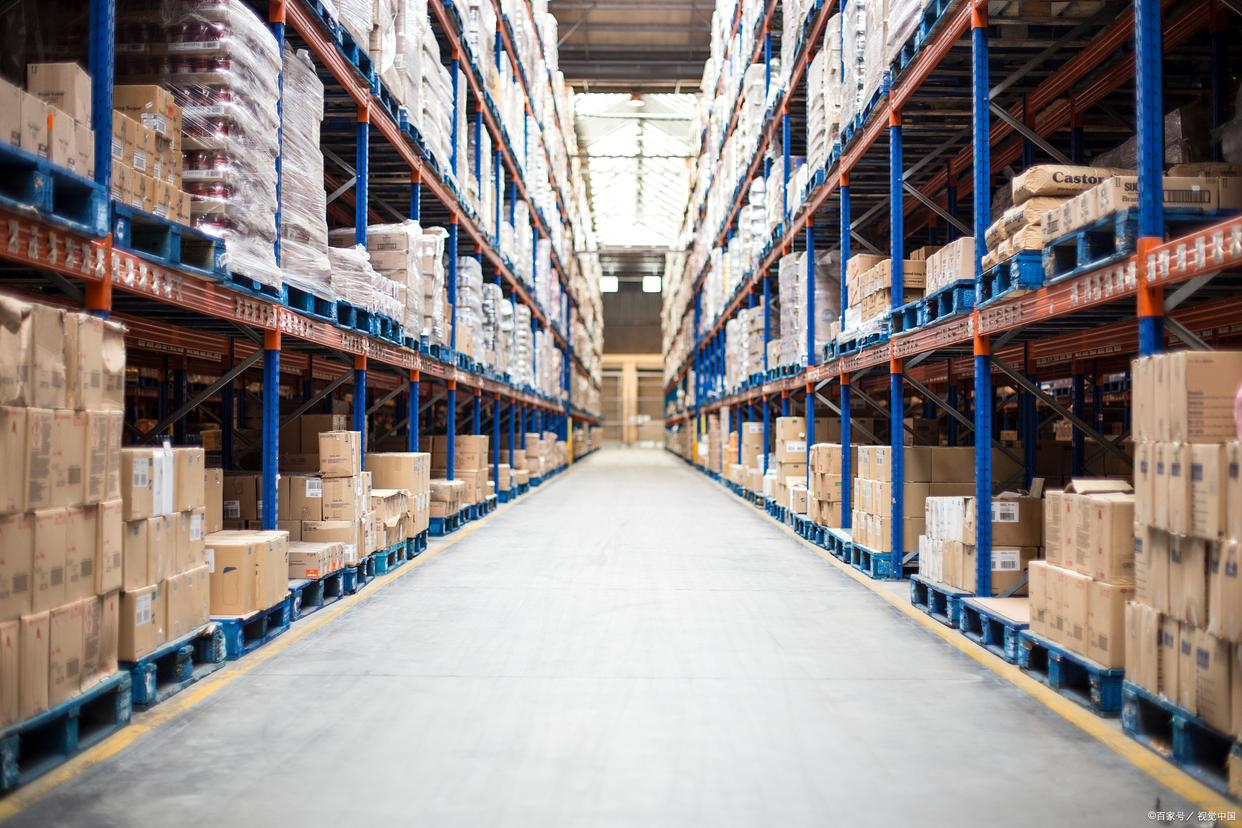

With the rapid development of e-commerce, the logistics industry has become an indispensable part of modern society. For logistics enterprises, improving sorting efficiency is one of their core competitiveness. Efficient sorting can reduce logistics costs, shorten transportation time, and improve customer satisfaction. Therefore, logistics enterprises should pay attention to how to improve sorting efficiency.

Firstly, logistics enterprises should continuously innovate in technology. With the advancement of technology, automation equipment has been widely used in the logistics industry. For example, investing in some automatic sorting equipment can greatly improve sorting efficiency. These devices can sort goods based on their size and weight, and have high accuracy, reducing the probability of sorting errors. In addition, logistics enterprises can also introduce Internet of Things technology to connect sorting equipment and Warehouse management system, realize real-time monitoring and automatic operation, and further improve sorting efficiency.

Secondly, logistics enterprises need to carry out reasonable warehousing planning. Warehouse planning should fully consider the characteristics and needs of goods, and reasonably divide warehouse space and shelf positions. Based on the flow rate and sorting frequency of goods, place high flow goods closer to the sorting area, which can greatly reduce the time for workers to walk and sort goods. At the same time, the warehouse space should be reasonably divided to ensure sufficient spacing between goods and avoid confusion and errors. In addition, logistics companies can also use warehouse management software to classify and label goods, making it easier for sorting workers to operate and improving sorting efficiency.

Once again, logistics companies should strengthen employee training and management. Employees are the core resources of logistics enterprises, and their quality and skills directly affect sorting efficiency. Therefore, logistics enterprises should strengthen the training of employees to improve their sorting ability and technical level. For example, training employees on sorting speed and accuracy by simulating sorting scenarios to improve their operational skills and sorting abilities. In addition, logistics enterprises should also establish effective incentive mechanisms to motivate employees to improve sorting efficiency. For example, a goal for sorting speed can be set to encourage employees to improve sorting speed by increasing wages or giving rewards.

Finally, logistics companies can collaborate with suppliers to optimize their supply chain. Supply chain optimization can reduce transportation time and costs, and improve sorting efficiency. Logistics enterprises can share information and data with suppliers to better arrange goods sorting and transportation. For example, logistics companies can share the arrival time and quantity of goods with suppliers in order to prepare sorting equipment in advance and arrange reasonable human resources. In addition, logistics companies can also work with suppliers to develop sorting and transportation plans, reducing waste of time and costs. By collaborating with suppliers, logistics companies can optimize their supply chain and improve sorting efficiency.

Improving sorting efficiency is one of the key factors for logistics enterprises to enhance their competitiveness. Through technological innovation, reasonable warehousing planning, employee training and management, and cooperation with suppliers, logistics enterprises can improve sorting efficiency, improve transportation speed and customer satisfaction, and achieve better development.
 Replace
Replace